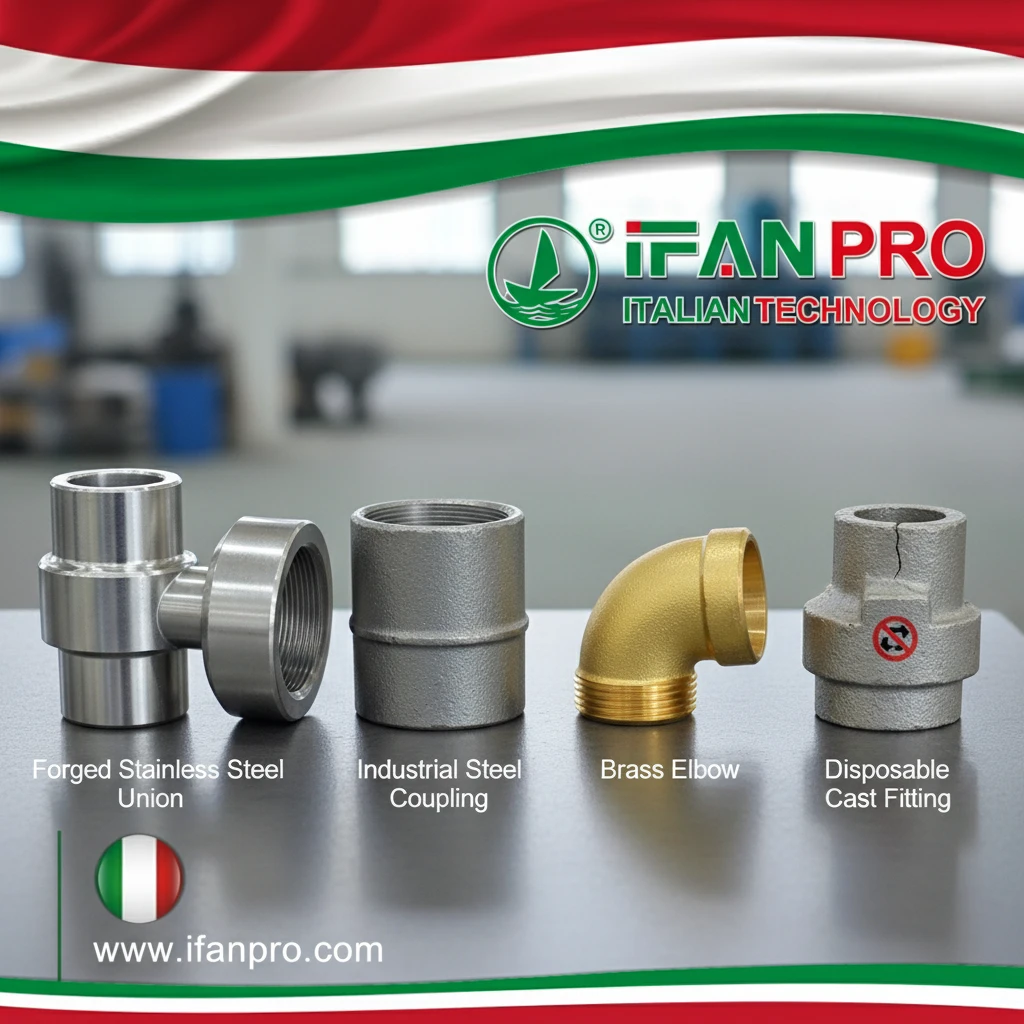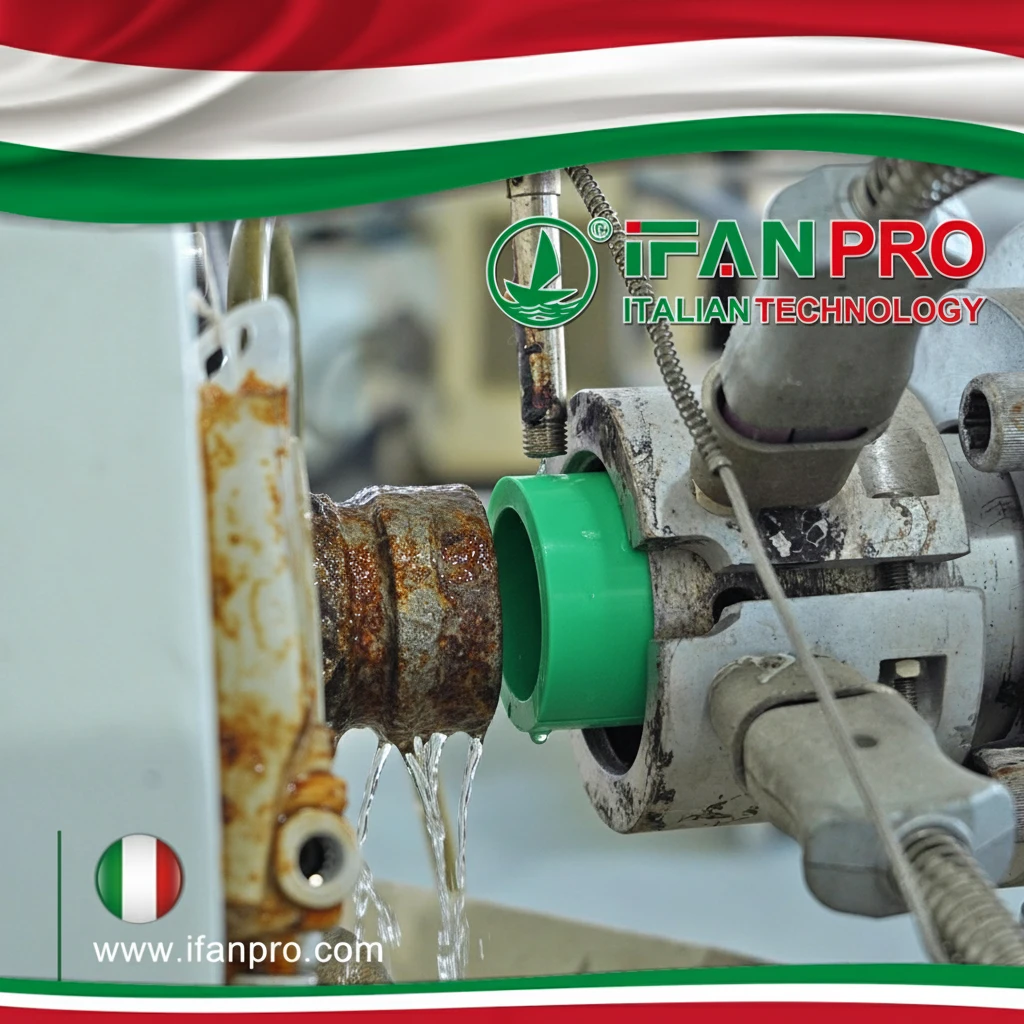I’ve seen too many plumbing failures caused by wrong connection choices. Selecting the right pipe connection can save you from costly repairs and headaches down the line.
Pipe connections are mainly divided into four categories: threaded, welded, flanged, and mechanical connections. Each type serves different purposes based on pipe material, pressure requirements, and application needs. The right choice ensures system reliability and prevents leaks.
Understanding these connection types will help you make better decisions for your plumbing projects. Let me guide you through the main options available.
What Are the Main Categories of Pipe Connections in Plumbing Systems?
During a factory audit, I noticed how connection failures caused major water damage. This taught me that choosing the right connection type matters most.
The main categories are threaded, welded, flanged, and mechanical connections. Threaded connections use screw threads for joining, welded connections fuse pipes together, flanged connections use bolted plates, and mechanical connections use compression or push-fit components.

Understanding Connection Types
Pipe connections are crucial for any plumbing system because they determine how well pipes stay joined under pressure. Each category has specific uses and limitations. Knowing these helps you select the right one for your project.
Threaded connections work like screws and nuts. They are common in smaller pipes and where disassembly might be needed. However, they can leak if not properly sealed and may weaken thin-walled pipes.
Welded connections create permanent joints by melting the pipe materials together. This method provides strong, leak-proof joints but requires skilled labor and cannot be disconnected easily.
Connection Applications
Flanged connections use flat plates with bolts around the edges. They are ideal for large pipes and equipment connections because they allow easy disassembly for maintenance. The downside is they take more space and cost more.
Mechanical connections include compression fittings and push-fit systems. They are quick to install without special tools, making them popular for repairs and small projects. However, they may not handle high pressures as well as welded joints.
Comparison of Main Connection Types
| Connection Type | Best For | Номинальное давление | Installation Skill Needed |
|---|---|---|---|
| Резьба | Small pipes, low pressure | Low to Medium | Basic |
| Welded | High pressure, permanent joints | High | Advanced |
| Фланцевый | Large pipes, equipment connections | Medium to High | Intermediate |
| Mechanical | Repairs, temporary lines | Low to Medium | Basic |
Choosing the right connection type depends on your specific needs. Consider factors like pressure requirements, pipe material, and whether you need future access. Each type has its place in plumbing systems, and understanding them helps prevent failures.
How Do Threaded Connections Work for Different Pipe Materials?
I once saw threaded connections fail on stainless steel pipes because the material was too hard for standard threads. This taught me that material compatibility is crucial.
Threaded connections work by cutting screw threads onto pipe ends, then joining them with matching threaded fittings. Different materials require different approaches: steel pipes handle threading well, while plastic pipes need special reinforced fittings to prevent stripping.

Threading Process Basics
Threaded connections create joints by cutting spiral grooves into pipe ends. These grooves screw into matching threaded fittings, creating a mechanical bond. The tight fit prevents leaks when properly sealed.
The threading process requires precise tools to create clean, sharp threads. Damaged or poorly cut threads will leak regardless of sealant used. For metal pipes, threading doesn’t significantly weaken the pipe if done correctly.
Material-Specific Considerations
Steel and copper pipes thread well because these materials are strong enough to hold thread shape. However, threading thick-walled steel pipes requires more effort than thin-walled copper.
Plastic pipes like PVC and PP-R need care during threading. Their softer material can strip easily, so manufacturers often add metal inserts to reinforced fittings. Never thread plastic pipes directly without these reinforced fittings.
Threaded Connection Performance by Material
| Pipe Material | Threading Ease | Risk of Stripping | Recommended Use |
|---|---|---|---|
| Carbon Steel | Easy | Low | High pressure systems |
| Stainless Steel | Moderate | Medium | Chemical applications |
| Copper | Easy | Medium | Water supply lines |
| PVC/PP-R | Difficult | High | Low pressure only |
Installation Tips
Always use thread sealant tape or compound on metal pipes. This lubricates during assembly and fills microscopic gaps. For plastic systems, use factory-made threaded adapters rather than cutting threads directly into plastic pipes.
Avoid over-tightening threaded connections. This can crack fittings or distort threads. Hand-tighten plus one or two turns with a wrench is usually sufficient. Remember that threaded joints may need occasional re-tightening as materials expand and contract with temperature changes.
What Are the Advantages and Disadvantages of Welded Pipe Connections?
At a construction site, I witnessed how welded joints withstood earthquake tremors while mechanical connections failed. This proved welded joints’ superior strength.
Welded connections offer maximum strength and permanent leak-proof seals but require skilled labor and cannot be disassembled. They work best for high-pressure systems and hidden installations where joints won’t need future access.

Advantages of Welding
Welded connections create the strongest possible joints between pipes. The fusion process makes the connection as strong as the pipe itself, ideal for high-pressure applications.
These joints are completely leak-proof when done correctly. Unlike threaded joints that may loosen over time, welded joints maintain integrity for decades. This makes them perfect for buried pipes or concealed installations.
Welded systems have smoother interior surfaces than threaded connections. This improves water flow and reduces pressure loss. There are no protruding parts that might disrupt flow patterns.
Disadvantages and Limitations
The main disadvantage is the need for skilled welders. Proper welding requires training and certification, adding to labor costs. Not all plumbers have these specialized skills.
Welded joints are permanent and cannot be disassembled. If you need to modify the system later, you must cut and re-weld sections. This makes changes difficult and expensive.
Welding Methods Comparison
| Welding Type | Skill Required | Equipment Cost | Best For |
|---|---|---|---|
| Socket Fusion | Low | Low | Plastic pipes |
| Butt Welding | Medium | Medium | Large metal pipes |
| MIG Welding | High | High | Steel pipelines |
| TIG Welding | Very High | Very High | Stainless steel |
Safety and Installation Factors
Welding creates fire hazards and requires safety precautions. You need fire watches, protective gear, and sometimes work permits in confined spaces.
The heat from welding can affect pipe material properties. With metal pipes, heat treatment may be needed afterward. With plastics, overheating can weaken the joint area.
Despite these challenges, welded connections remain the gold standard for permanent, high-performance plumbing systems. They’re worth the extra effort when you need maximum reliability.
How to Choose the Right Pipe Connection Type for Specific Applications?
A hospital project taught me that connection choices affect more than just water flow – they impact entire building operations when failures occur.
Choose pipe connections based on four factors: pressure requirements, pipe material, accessibility needs, and installation environment. High-pressure systems need welded joints, while frequently accessed equipment requires flanged connections for easy maintenance.

Decision Factors
Pressure rating is the first consideration. High-pressure systems above 150 PSI typically need welded or flanged connections. Medium pressure systems (50-150 PSI) can use threaded joints, while low-pressure applications may use mechanical connections.
Pipe material determines which connection types will work. Metal pipes handle all connection types well, while plastic pipes are limited to socket fusion, mechanical, or flanged connections with special adapters.
Application-Specific Guidance
For permanent underground pipes, welded joints are ideal because they won’t need maintenance. Buried threaded joints would eventually leak from soil movement and corrosion.
Equipment connections need flanged joints for easy disassembly. Pumps, valves, and tanks require periodic maintenance, so permanent welded joints would make this impossible.
Connection Type Selection Guide
| Application | Recommended Connection | Reason | IFAN Product Example |
|---|---|---|---|
| Main water supply | Welded | Permanent, high pressure | IFAN PP-R Fusion Fittings |
| Equipment connections | Фланцевый | Easy disassembly | IFAN Stainless Steel Flanges |
| Repair work | Mechanical | Quick installation | IFAN Compression Couplings |
| Chemical lines | Threaded/Welded | Material compatibility | IFAN Chemical-Resistant Fittings |
Installation Environment Considerations
In tight spaces where welding isn’t safe, mechanical connections may be your only option. Similarly, in explosive environments, threaded or mechanical connections avoid welding sparks.
Consider future maintenance needs. If the system will need frequent modifications, avoid permanent connections. Temporary systems benefit from mechanical joints that can be reused.
Budget and timeline matter too. Welded systems cost more upfront but last longer. Mechanical connections install quickly with lower labor costs but may need more maintenance.
Заключение
Choosing correct pipe connections prevents leaks and system failures. For reliable connections, trust ИФАН‘s certified pipe fittings and professional support.














Последние комментарии